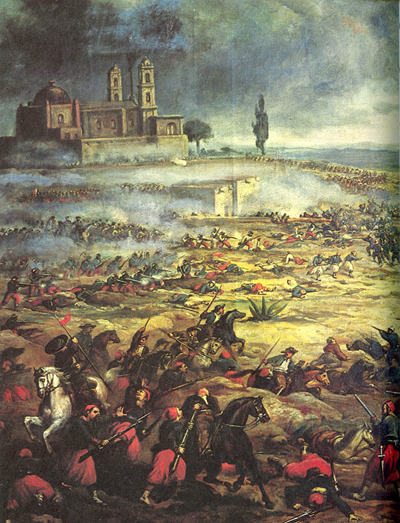With your indulgence, I’m going to get political. I live near the 3rd precinct Minneapolis police station, at the corner of Lake Street and Hiawatha that is the center of the protests. The Longfellow neighborhood where this is taking place is my neighborhood. Last night letting our dog out one last time, I could hear the steady stream of helicopters, sirens, and flash grenades, and knew it was going to be a rough night.
It was.
Overnight our neighborhood became a war zone, and this morning we’re still seeing what the damage is.

Neighbors fought with garden hoses and buckets to save homes after rioters set fire to a multi-story affordable housing complex under construction near the Third Precinct Station. Photo: Mark Vancleave – Star Tribune
Let me describe a bit about that busy corner, a hub of neighborhood life—and of our lives. There is an independent book store, one of the best around, that has thrived in the Amazon age by being a community partner and community center. Next door to it is a farmer’s market, that has brought fantastic produce into the city at affordable prices. There is a bike shop, a law office specializing in immigration law, our post office, and a group of excellent, immigrant-run restaurants specializing in food from Africa, Latin America, France, India and Japan. Immigrant-run, and immigrant-staffed business. An affordable housing complex was under construction. There is a branch library, built just a few years ago, that serves as a community center. There is a Target where many new Americans work, and other affordable grocery stores. The old fire house was converted into a theater that serves as a great venue for music, with a flamenco dance studio tucked behind it. An immigrant-run liquor store where I had a good rapport with the staff, who appreciated that I spoke Spanish.
This corner was part of the weave of our daily lives.
Reports are flying this morning, and news is spotty, but it is clear that my neighborhood was hit hard. Some of the places I listed have been burned to the ground. Some have been looted. Some, who are likely too small to gain national news coverage, are as yet unaccounted for. Places that just a few months ago I proudly showed off to our South African guest are now sitting in a sea of broken glass.
This is a link to news footage some of the carnage via MPR.
My community has been brutalized and tear gassed, and my fellow community members have been wounded in the fray. Yes, some protesters got out of hand. But it’s not entirely clear that the protestors were actually from the neighborhood, or even Minneapolis itself. Other protesters—my neighbors—were working to put out the fires. And at least one person seeking to help, was shot as a presumed looter.
I… feel.
I feel pain. I feel profound sorrow. I feel loss. I feel sorry for so many outstanding, community-focused places that were small, and successful, that have been dealt a critical blow at a time like this. I feel fear about what can, might, and will happen to my neighbors.
And I feel anger that so much of what has happened has been sparked by the police, who are here to protect and serve. For developing a culture where racism and power politics thrive. For resisting attempts to break this cycle. For resisting accountability. For callously taking the life of a community member, and meeting community anger—and a peaceful protest—with war footing. Anger that armed protests resisting “government” attempts to enforce safety protocols in a pandemic are treated with kid gloves, while community members protesting a needless killing are hit with rubber bullets and tear gas.
So many choices were available. So many chances to take a different path.
And the community is paying the price.
One final thought. As dramatic as the protests have been, it is important to keep focus on George Floyd… and the issues surrounding his death, which is at the center of this tragedy. That is the real story, and the real challenge we have to overcome.
.





